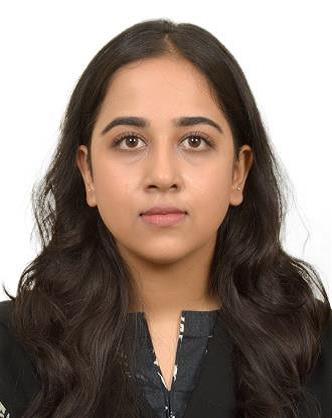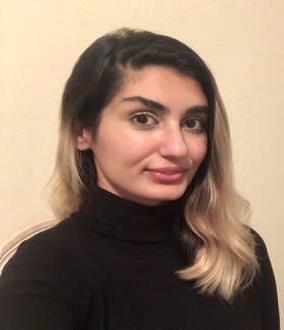
Dr. Sonia Sameen
Dow University of Health Sciences, Pakistan
Title: Effect of Dentist’s Attire on Patient’s Perceptions and Preferences
Submitted Date: 01/02/2019
Biography
Dr. Sonia Sameen is a dentist who completed her professional studies at the age of 23 from the prestigious Dow University of Health Sciences in Karachi, Pakistan in 2017. A fervent, motivated and hardworking individual, Dr. Sameen has two international publications to her name and is currently serving as the assistant editor for Dental and Medical News Group, Pakistan and also practices dentistry in a private clinic. With aspirations to pursue a career in public health in the future, Dr. Sameen is a dedicated and precision-oriented person who is proud to be a part of the global healthcare community.
Abstract
Aim: The purpose of this study is to evaluate the aspirations and influencing factors of dental house officers to pursue advancements in their careers as dental professionals. Material and Methods: This was a cross-sectional, observational study. A self-administered questionnaire was designed to evaluate their inclination to choose dentistry as a career. It took into account the participants’ demographic and socioeconomic details along with a list of 30 factors grouped into three sections that were rated on a Likert scale. The sections covered career influencing factors, future career plans and interest in dental postgraduate specialties. Data from 220 respondents was recorded and analyzed using descriptive statistics.Results: Majority of the respondents were females (68.7%) and belonged to a middle socioeconomic background (65.4%). Age in the sample ranged from 22-25 years. Majority of the respondents reported financial stability (45.8%) and altruistic motives (37.5%) as the main encouragements to choose dentistry as a career. Work opportunities abroad (52.2%) and postgraduate studies (33.6%) were the most coveted future career plans. Participants expressed their greatest interest in the sub-specialty fields of oral surgery (42.9%) and operative and restorative dentistry (37.4%).Conclusions: The future aspirations associated with dentistry as a career were primarily materialistic and academic. It would seem that dental interns in Karachi, Pakistan find more opportunities abroad and wish to work towards brighter future prospects. They also aim to pursue postgraduate studies and research which would ensure dentistry as a constantly progressing and prevailing area of healthcare.

Dr. Faezeh Shahnazi
PhD, UCLA School of Dentistry, Los Angeles, United States
Title: Localized osteogenesis via nanoparticle-loaded electrospun periodontal membrane
Submitted Date: 02/21/2019
Biography
Faezeh Shahnazi has completed her DDS at the age of 25 years from The Islamic Azad University, Tehran Dental Branch. She worked on dental material and modification of their properties like Glass Ionomer Cements and Composite Resin during her education in university. She has had 5 years of clinical experience in the field of general dentistry. She moved to the USA to continue her education in 2015. She is working as a research associate in Weintraub Center for Reconstructive Biotechnology at UCLA School of Dentistry. Her new projects are about Regenerative Dentistry, Biomaterial, and Nano Dentistry.
Abstract
Advancement of bone tissue engineering as an alternative for bone regeneration has attracted significant interests due to its potential in reducing the costs and improves the effectiveness of dental bone defect’s treatment. Here, we have improved the conventional approach of localized delivery of osteoinductive and anti-inflammation agents to enhance the dental bone recovery while reducing the local inflammation. Chitosan-based polymeric nanoparticles, as one of the most promising choices for drug delivery systems, have been developed (diameter: 150nm; Surface charge: +15mV) which provide prolonged (4 weeks) release of small molecule drugs (here dexamethasone). These nanoparticles conjugated on the surface of biodegradable electrospun PLGA nano-fiber membranes (fiber diameter: 400nm, Mesh size: 5um) to help implantation in the desired site of action (e.g., periodontal bone defects) while providing localized release. In vitro and ex vivo results confirm the functionality of the proposed approach to induce osteogenetic differentiation of human-derived mesenchymal stem cells after two and four weeks of culture in regular media as verified by microscopy (SEM and CLSM), genetic (q-PCR) and chemical (Alizarin Red) methods. We believe that the insights learned from this work will lead to the discovery of new strategies to tune differentiation and localized treatment of periodontal bone defect.
